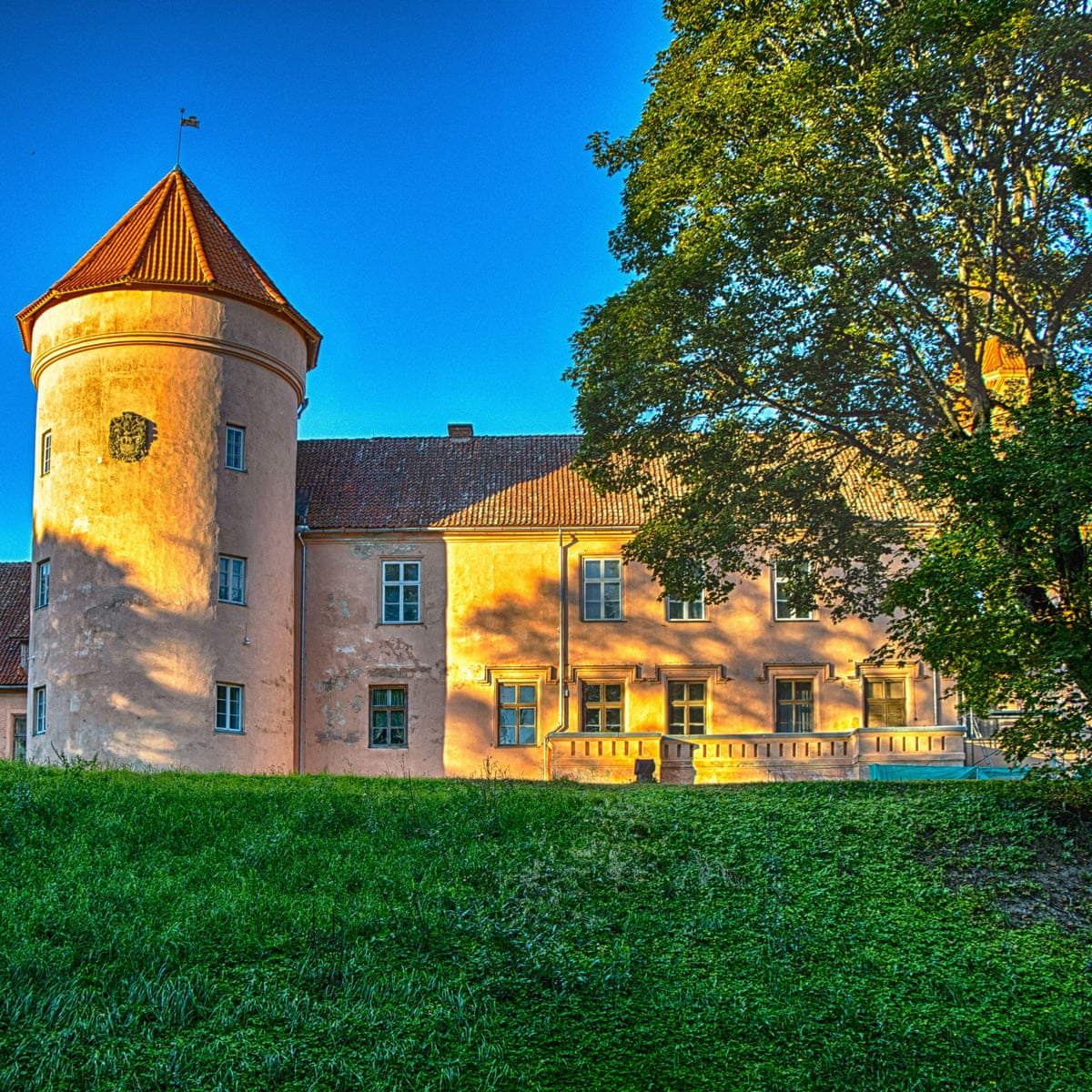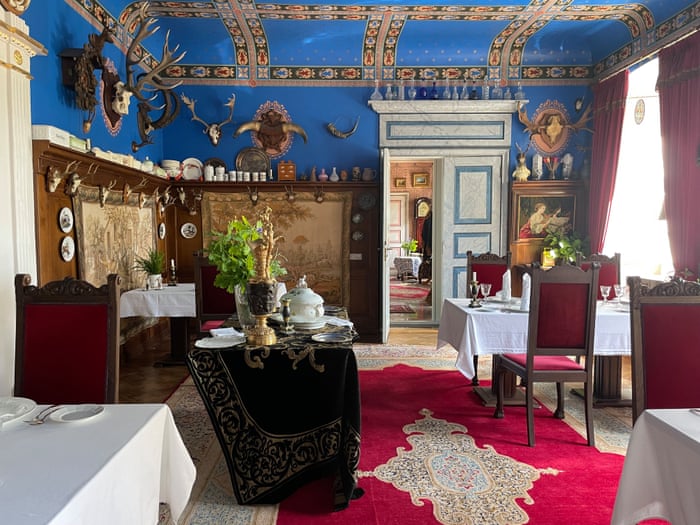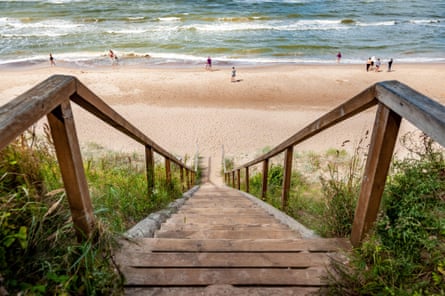Just a short journey west of Riga’s familiar Art Nouveau splendour lies an altogether different Latvia, a vast, wind-swept wilderness known as Kurzeme. This western region, formerly the historical Duchy of Courland, spans an area nearly the size of an English county yet hosts a sparse population, leaving its landscapes wonderfully untamed. Here, the Baltic Sea pounds an undeveloped coastline that stretches for hundreds of miles, giving way to ancient forests, ecologically rich wetlands, and undulating hills. Kurzeme is a land where history sits lightly on the surface, from crumbling Soviet-era barracks and KGB watchtowers to meticulously restored baronial castles and the quiet magnificence of a UNESCO-protected medieval town. It is a region for the adventurous, the reflective, and the budget-conscious, offering a pristine, post-Soviet landscape that feels both profoundly moving and startlingly available to those willing to look beyond the capital.
The Coastal Divide: Liepāja, City of Wind and Music
Liepāja, Latvia’s third-largest city, acts as the cultural anchor and a superb base for exploring the southwestern corner of Kurzeme. Known affectionately as “The city where the wind is born,” Liepāja boasts an invigorating atmosphere shaped by constant sea breezes and a long, magnificent stretch of white sandy beach. The central part of the city presents a charming blend of European architectural history, with streets lined by gently decaying baroque and beautiful Art Nouveau buildings that speak of a prosperous past. This architectural heritage, combined with lush Seaside Park—a delightful spot for leisurely strolls culminating at the iconic amber clock—gives the city a welcoming, strollable quality.

The city is firmly looking to the future as well, having been designated the European Capital of Culture for 2027. This burgeoning confidence is reflected in its dynamic music scene, anchored by the stunning Concert Hall “Great Amber,” an architectural landmark that serves as a hub for cultural events and performances. After a day exploring the city’s calmer, southern end, travellers can sample the output of the city’s burgeoning microbrewery scene. This blend of seaside relaxation, cultural dynamism, and promising future makes Liepāja a compelling destination, offering both the charm of a historical seaside resort and the energy of a city undergoing a vibrant, modern transformation.
Karosta’s Shadow: The Brutalist Past
Liepāja’s most compelling, and arguably most unique, attraction lies in its northern district: Karosta. Once one of the Soviet Union’s largest submarine bases, this entire military town was closed to the outside world for nearly fifty years. Today, Karosta is a fascinating, ghostly landscape that stands as a stark monument to history’s passage. It is a place where nature is reclaiming man-made structures, creating an eerie juxtaposition of pristine coastline and brutalist, concrete ruins. Visitors can wander through a landscape peppered with abandoned Soviet watchtowers covered in graffiti and decaying Tsarist-era fortifications, which now lie partially submerged along the haunting Northern Forts coastline.

Surreally dominating this post-Soviet landscape is the extravagant, gold-encrusted dome of the Russian Orthodox St Nicholas Naval Cathedral. Stripped of its religious function and used as a warehouse and sports centre by the Soviet military, it has since been meticulously restored to its original splendour, standing as an unexpected beacon of opulence amidst the surrounding decay. Karosta’s premier attraction is the infamous Karosta Prison. Europe’s only military prison open to tourists, it operated until 1997 and offers a chillingly preserved glimpse into the past. Visitors can take a guided tour to see the cells and hear stories of former inmates, or for the truly fearless, even book an “Extreme Night” in a prison cell to experience the sparse, stern reality of life behind bars.
Kuldīga’s Timeless Charm: Waterfalls and Wooden Houses
Away from the coast, the Kurzeme region holds a jewel of preserved history in the town of Kuldīga. Designated a UNESCO World Heritage site in 2023, Kuldīga is a delightful, dusty town celebrated for its exceptionally well-preserved 17th-century wooden architecture. The town’s historical appeal is matched only by its striking natural setting above the Venta River. Kuldīga is home to the Venta Rapid, Europe’s widest natural waterfall, which is a magnificent sight to behold. This unique natural feature is crossed by Europe’s longest brick road bridge, a gorgeous 19th-century structure that completes the picturesque scene.
The town is a perfect place for slow travel, with a high street that has resisted the creep of global brands, instead featuring unique craft shops and local establishments. Visitors can explore a renovated merchant’s house or stop at a local favourite like Pagrabiņš to savour authentic Latvian flavours, such as the hearty, salty sour soup known as solyanka, traditionally eaten with a slice of Latvia’s famously dense, chewy rye bread. The town’s narrow streets, including those running alongside the Alekšupīte stream, weave a medieval spell, cementing Kuldīga’s reputation as an essential stop for anyone seeking the heart of traditional Latvian culture and gastronomy.
Baronial Estates and Coastal Retreats
The wider Kurzeme region is a treasure trove of historical manors and untouched natural landscapes, providing luxurious historical stays at surprisingly modest prices. Scattered across the region are meticulously restored baronial estates like Nurmuiža Castle and Spa. These properties, once homes to Baltic German nobility, now offer guests the chance to stroll walled gardens, explore vineyards, and enjoy wild swimming in the estates’ lakes, often while watching cranes and storks fly overhead—a truly peaceful and restorative retreat.

For nature lovers, Kurzeme boasts the ancient valley of the Abava River, recognised globally as one of the most important endangered cultural monuments. This river valley is a biodiversity hotspot, containing crusader castles and Viking graves alongside modern attractions like the Pedvāle Art Park, a hundred-hectare reserve that showcases contemporary sculpture amid natural meadows. Along the southern coast, the fishing village of Pāvilosta has recently become a hotspot for Riga’s hipsters, offering cosy cafes like Laiva where one can watch the Baltic surf. Further north, the beach at Jūrkalne offers a dramatic, deserted stretch of high bluffs, dunes, and pine trees, ensuring that whether one seeks historical luxury, wilderness adventure, or a simple seaside moment, Kurzeme delivers a deeply authentic experience.




